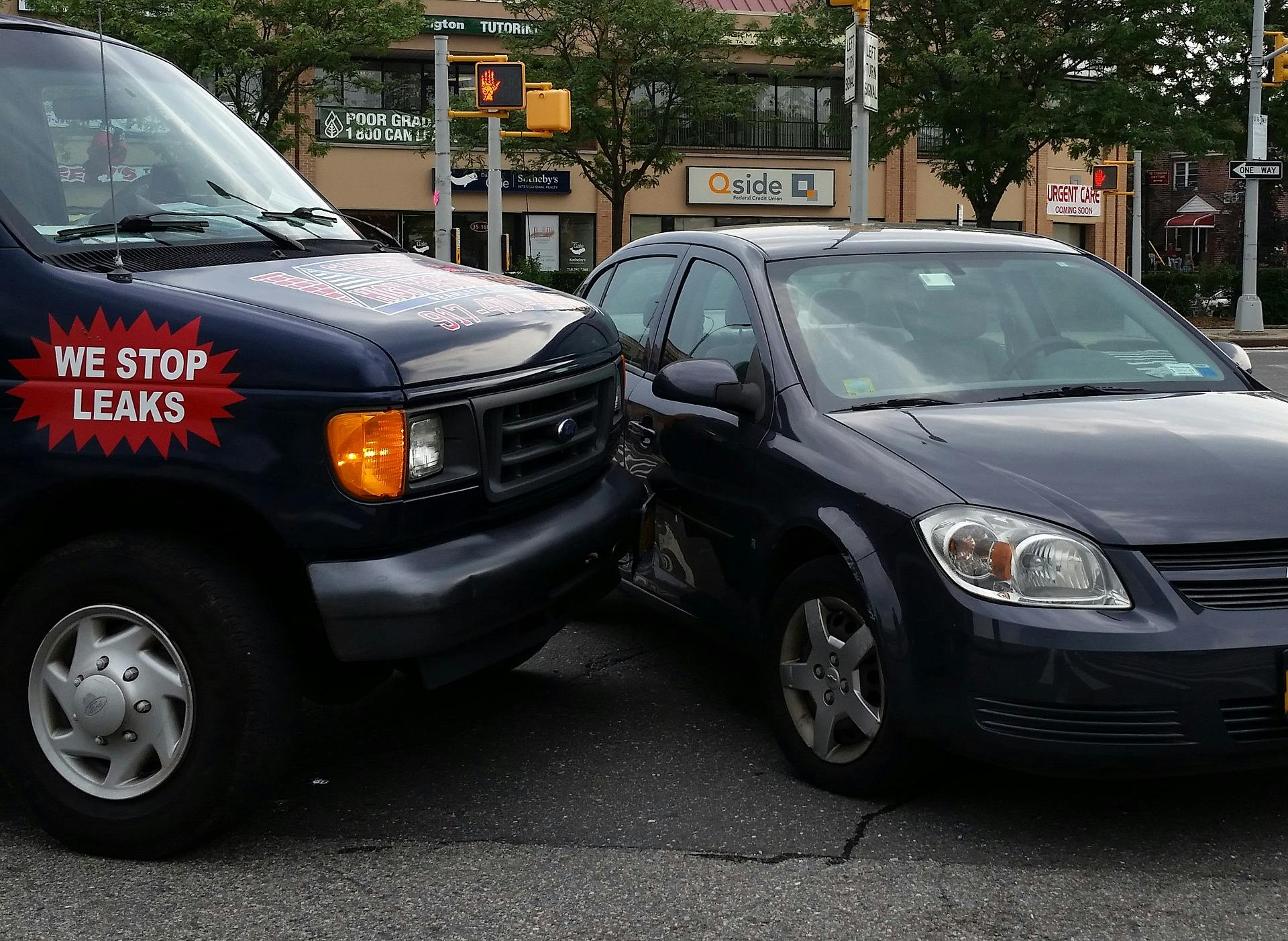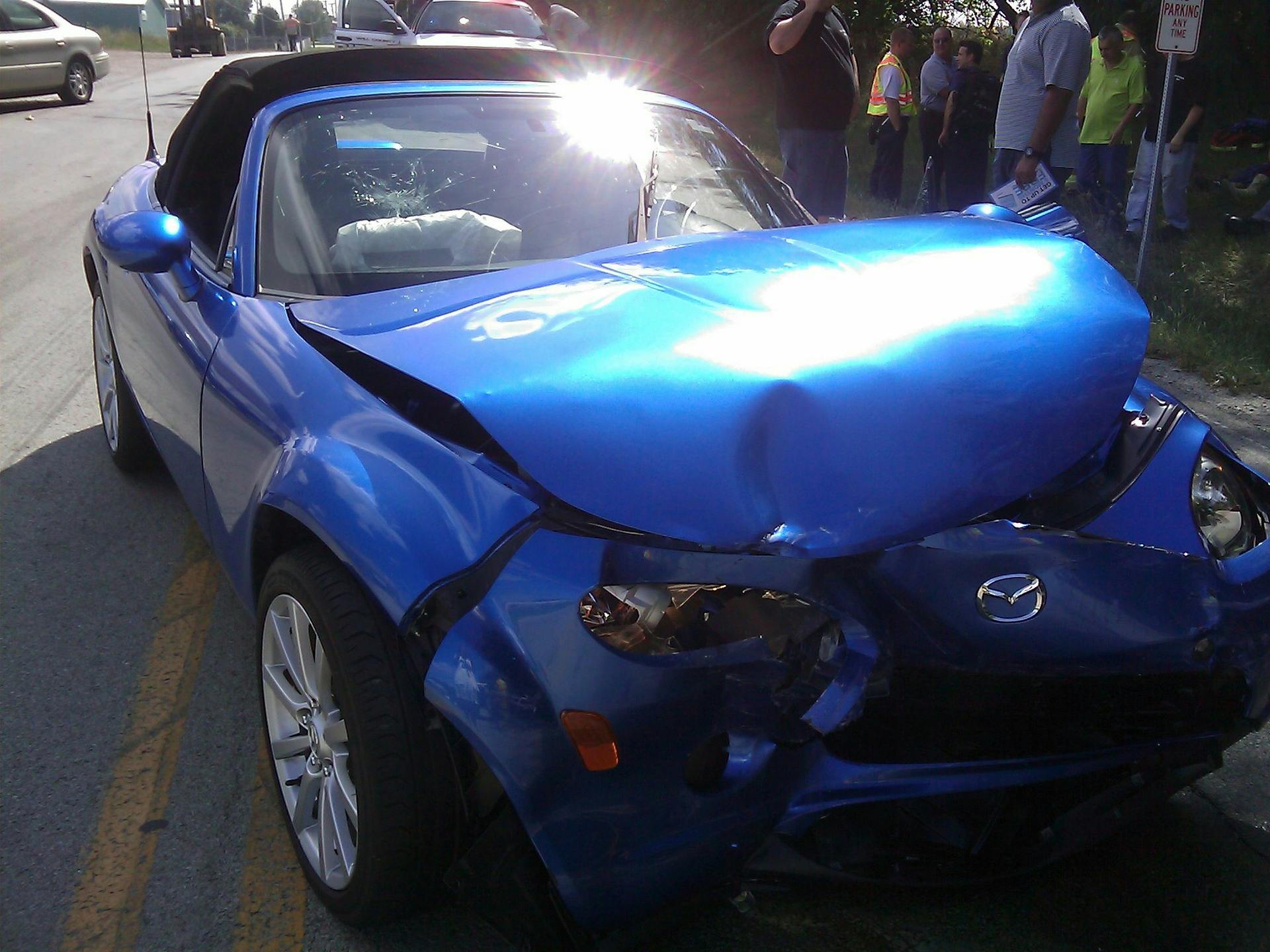You were in a serious accident, but it was not all your fault — there was negligence on the part of the other driver as well. If you are partially at fault in a car accident, can you still recover damages? It depends on what state you live in, but in Pennsylvania, New Jersey, and Delaware, the law regarding auto accidents and fault follows what is known as modified comparative negligence. Depending on how much fault you are assigned, you may still be able to recover some of the damages.
Negligence
Negligence is a type of wrongdoing that leads to harm or injury to someone else. Negligence is not intentional, and in the context of auto accidents, it usually results from distracted driving or poor judgment. Perhaps you were on your phone and did not see someone pull out in front of you, or maybe the other person was typing in an address to GPS and sideswiped you on the road. One driver may have been driving too fast or was not using their lights during a foggy morning. We know that negligence plays a role in accidents, and sometimes an auto accident will result because more than one individual was being negligent behind the wheel.
Assigning Percentage Fault
The percentage of fault in a car accident is based on factors such as police accident reports, witness testimony, photographic evidence from the accident scene, red light camera footage, surveillance footage, and even cell phone records. Percentage of fault will be assigned if your negligence contributed to the accident, and the total fault for an accident will add up to 100%. If your percentage fault is 0%, then you have no fault in the accident.
Modified Comparative Negligence
The states of Pennsylvania, New Jersey, and Delaware are modified comparative negligence states with a 51% bar rule. Your share of negligence will lessen how much you can receive in the way of damages but will not completely prevent you from recovering damages as long as your level of negligence is not more than 50%.
Here is an example of how modified comparative negligence works. Suppose you were involved in a car accident where you were assigned 45% of fault while the other driver was assigned 55% fault. You are eligible to recover damages because your percentage of fault is less than that of the defendant. However, how much you are able to recover is reduced by the amount of fault you were assigned. That means that rather than being eligible to recover 100% of your damages, you can only recover 100% – 45% = 55% of the damages. As another example, if your fault was found to be 25%, then you can recover 100% – 25% = 75% of the damages.
Conclusion
If you are involved in an auto accident and share in the cause, you may still be able to recover damages. In the states of Pennsylvania, New Jersey, and Delaware, as long as your share of fault is found to be less than 51%, you are still eligible to recover a portion of the damages but your portion will be reduced by your percentage of fault.
Contact Sacchetta & Baldino
If you or someone you care about has been injured in a car accident — even if you were partly at fault — you may still be eligible to recover damages, and the law office of Sacchetta & Baldino can help. We can handle all communication with insurance companies, file a personal injury or wrongful death lawsuit, and either negotiate a settlement or pursue your claim in court. Contact us today so that we can put our years of experience and successful track record to work for you and make sure you receive the compensation the law provides.




